What was that great advice your dad used to give you? That's right, if you want something done right, you have to DO IT YOURSELF ! That is the premise of this entire site along with providing a sounding board for ideas and methods that we use to accomplish this end. I hope that some of the articles here will also inspire you to vary the theme and come up with your own ideas on how to use common every day items and materials to do uncommon things. There must be one thousand and one uses for Duct Tape, and I am certain that you can make it one thousand and two. So experiment, look at things in a different way, and share your insights with us here at Do It Yourself Shack. Your idea or input, could inspire the next user, and so on and so forth. And if an idea or concept doesn't work out like you plan, not to worry, just chalk it up as a learning experience and go on to your next one. You will be more successful with each attempt. Why not keep a notepad with you to jot down some of the ideas you might have during the course of a day, because you will find the more you think like this, the more ideas you will have. If you don't record them, you may forget a really good one !
Some of the things you will find here:
- Projects for things you might want to try to DO IT YOURSELF ( practicality is a variable :)
- Things that were made for one thing, but you can use for something else.
- How To use readily available things to achieve a certain end result.
- Tools ( what you will find useful )
- Miscellaneous ( that should cover anything else that I might add :)
Some things you won't find here:
- Extremely flashy web appearance ( I am not a web designer .... can you tell? But I will strive for usability :)
Now, about the DO IT YOURSELF philosophy that I subscribe to. Know when to do it yourself, and know when not to. Always try to weigh the risks involved in doing something yourself. For example, if all you know about automobile brakes are that they stop your car when you push the pedal, then I recommend that you don't try to repair them yourself. But on the other hand if you can save a little money and have a little fun, without taking undue risks, then by all means... DO IT YOURSELF. Sure this analogy might fall more into a repair situation than a true DIY, but the point is don't do anything stupid.






























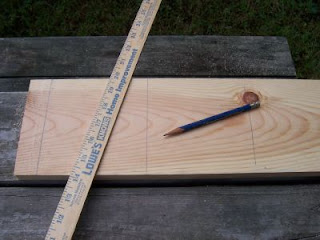
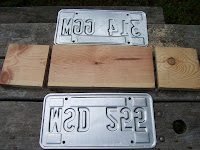
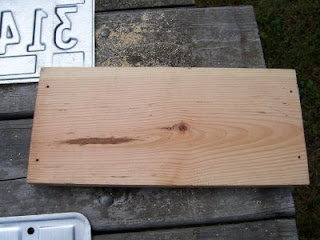

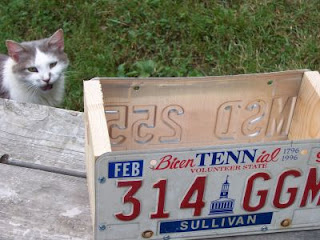
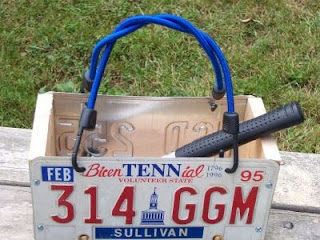






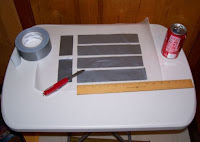

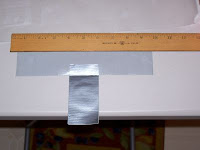

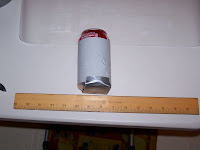
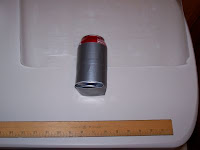
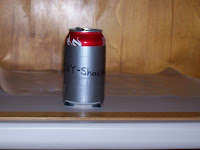
.jpg)
.jpg)